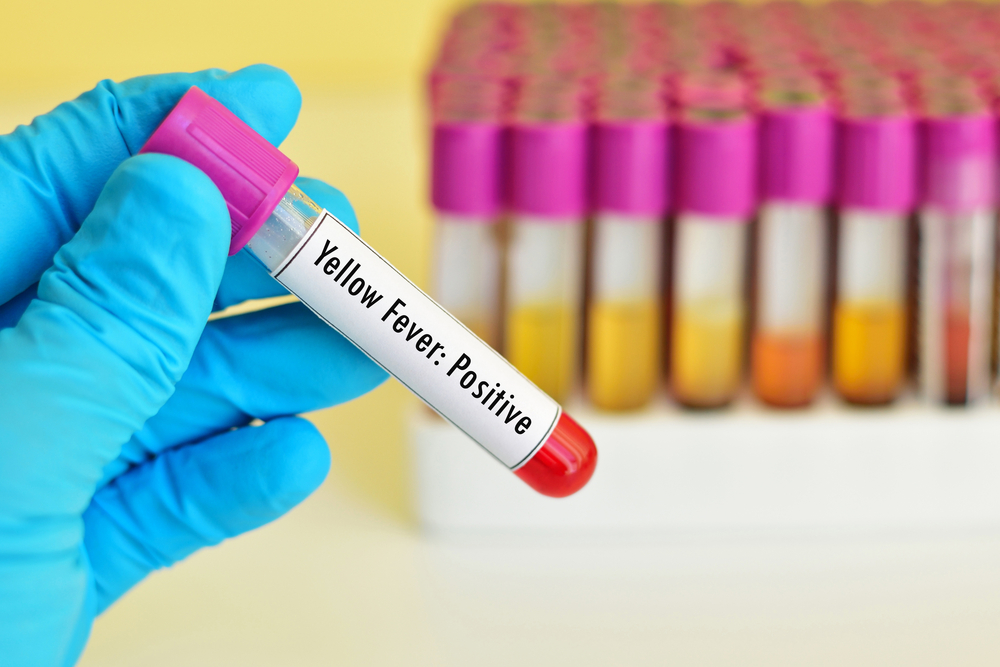
Brazilian researchers have determined that Yellow Fever may have been underestimated, with a patient who survived the disease still showing signs of it nearly a month after infection.
Previously, scientists operated on the idea that yellow fever had a transmissibility period that roughly correlated to acute infections–a period of no more than 10 days. Most symptoms vanished after three or four days, though a small percentage of patients would enter a second phase of the disease that boasts a 50 percent death rate within 7 to 10 days. With the virus now showing up in urine and semen a month after infection, this significantly increases the danger of infection according to Paolo Zanotto, a professor at the University of São Paulo’s Biomedical Science Institute (ICB-USP).
“We don’t yet have enough samples to determine how long yellow fever virus can be detected in urine and semen, but our monitoring of the patient for 21 days after observing the first symptoms of the disease suggests the virus can be detected in these biological materials for almost a month after infection, if not longer,” Zanotto said.
Sequencing the genome of the virus isolated in their patient’s urine, researchers say this indicates yellow fever is an arbovirus–a type of virus transmitted by insects that feed on blood–and capable of being excreted through the urinary system. They do not know how long it stays with that system yet, or what the implications of it might be.
Researchers also said tests designed to detect yellow fever in urine can improve diagnosis. This is especially important given that more than half of those infected do not display any symptoms, and thus are not admitted to a hospital.
“The people who are admitted to hospital are those who have symptoms,” Zanotto said. “These are the relatively severe cases, representing the tip of the iceberg as far as the problem of infection by yellow fever in Brazil is concerned since a large proportion of those infected is asymptomatic.”
The ICB-USP conducted this study alongside colleagues from Butantan Institute, Emílio Ribas Infectology Institute, and Pontifical Catholic University of São Paulo (PUC-SP), and published their findings in the CDC journal Emerging Infectious Diseases.




